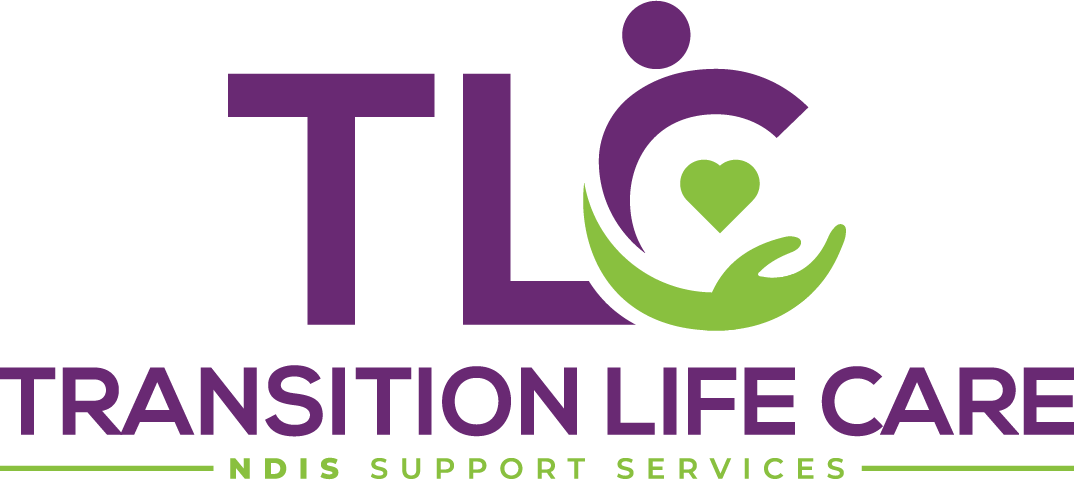Navigating the complexities of the National Disability Insurance Scheme (NDIS) can be daunting, especially when considering a change in your NDIS service provider. Whether you’re seeking improved services or a better fit for your specific needs, understanding how to change NDIS providers is crucial. This guide will walk you through the NDIS provider transition process, ensuring that switching NDIS providers is as seamless and stress-free as possible. By exploring your NDIS provider options, you can make informed decisions that align with your goals and preferences. With the right approach, transitioning can be a positive step toward achieving the support you deserve.
Understanding NDIS Provider Transition
Transitioning between NDIS providers is a crucial process that can significantly impact the quality of support you receive. Let’s explore what this transition entails, why you might consider it, and the potential benefits.
What is an NDIS Provider Transition?
An NDIS provider transition refers to the process of changing from one service provider to another within the National Disability Insurance Scheme (NDIS) framework. This change can involve switching support coordinators or other service providers.
The transition process is designed to ensure continuity of care while allowing participants to access services that better meet their needs. It’s a right afforded to all NDIS participants, as outlined in the NDIS guidelines for changing support coordinators.
Transitioning providers involves reviewing your current service agreement, identifying new potential providers, and establishing a new service agreement. It’s a process that requires careful consideration and planning to ensure a smooth transfer of services.
Why Consider Switching NDIS Providers?
There are various reasons why an NDIS participant might consider switching providers. These can range from dissatisfaction with current services to a change in personal circumstances or needs.
Common reasons include:
-
Seeking better quality of service
-
Needing a provider with specific expertise
-
Relocating to a new area
-
Wanting more flexibility in service delivery
-
Experiencing communication issues with the current provider
It’s important to remember that your service agreement is a two-way street. If you feel your current provider isn’t meeting your needs, it’s within your rights to explore other options. The NDIS emphasises participant choice and control, so don’t hesitate to consider a change if it will lead to better outcomes for you.
Key Benefits of Changing Providers
Changing NDIS providers can offer several significant benefits that enhance your overall experience with the scheme and improve your quality of life.
-
Tailored support: New providers may offer services that better align with your specific goals and needs.
-
Innovative approaches: Some providers offer new technologies or therapeutic strategies not available through your current supports.
-
Empowerment: Making an active choice to change providers reinforces your rights under the NDIS framework and supports self-determination.
For example, at Transition Life Care, we specialise in person-centred, trauma-informed supports designed to evolve with your changing needs.
Steps to Change NDIS Providers
Changing your NDIS provider doesn’t have to be a daunting task. With the right information and approach, you can navigate this process smoothly.
How to Change NDIS Providers: A Step-by-Step Guide
-
Review your current service agreement and NDIS plan to understand your needs and budget.
-
Research potential new providers that align with your requirements. The Disability Gateway is an excellent resource.
-
Contact potential providers to discuss their services and your needs.
-
Inform your current provider of your decision to change, observing notice periods.
-
Work with your new provider to establish a new service agreement.
Finding the Right NDIS Provider Options
Finding the right provider is crucial. Start by defining your goals. Are you seeking help with psychosocial recovery coaching, SIL or ILO housing, or more consistent in-home supports?
Evaluate:
-
Experience with similar participants
-
Cultural sensitivity
-
Communication style
-
Availability
You’re not just hiring a provider — you’re building a partnership.
Ensuring a Smooth NDIS Service Provider Change
To ensure a smooth transition:
-
Notify your current provider in writing, respecting any notice period.
-
Transfer documentation, goals, and plans to the new provider.
-
Coordinate both providers where needed to maintain service continuity.
-
Double-check your new agreement for clarity before signing.
Healthcare Australia offers additional guidance on managing the transition effectively.
Navigating Challenges in Provider Switching
Common Obstacles
-
Emotional strain of leaving a known provider
-
Administrative paperwork and communication gaps
-
Limited choices in rural/remote areas
-
Risk of service disruption
Tips for Overcoming Challenges
-
Plan early and allow time for the transition
-
Ask for help from your support coordinator or trusted people
-
Use NDIS resources
-
Be patient — meaningful change takes time
Success Stories: Empowering NDIS Provider Changes
“Changing providers was daunting at first, but it led to finding a service that truly understood my needs. My new provider’s specialised approach has made a significant difference in my daily life.”
— Sarah, NDIS participant
Key lessons from successful transitions:
-
Communicate clearly
-
Build trust with your new provider
-
Be open to new strategies
-
Revisit your plan regularly
The Support Network offers further stories and insights on successful transitions.
Ready to Make the Change?
Changing NDIS providers is your right — and with the right approach, it can be empowering. At Transition Life Care, we’re here to make the process simple, respectful, and tailored to your needs.
Our team supports participants across the Gold Coast, Tweed Heads, and Northern Rivers. Whether you’re looking for support coordination, SIL housing options, or psychosocial recovery coaching, we’re ready to walk beside you in the next stage of your journey.
Take the next step today — your support, your way.




